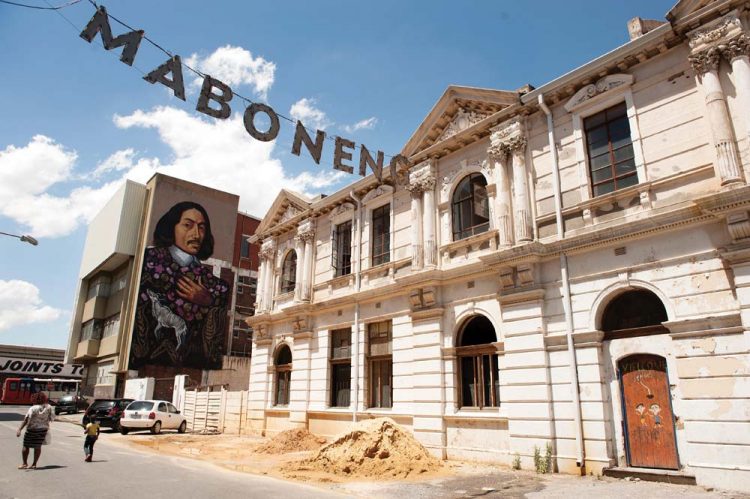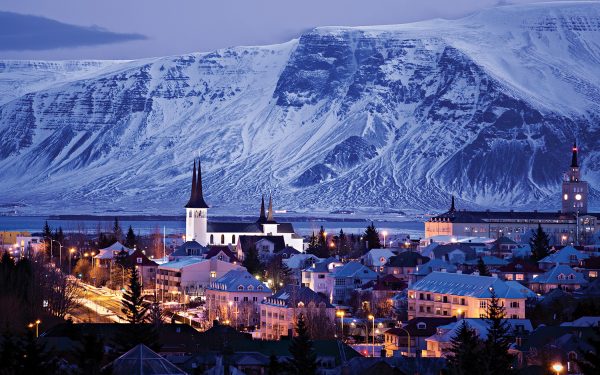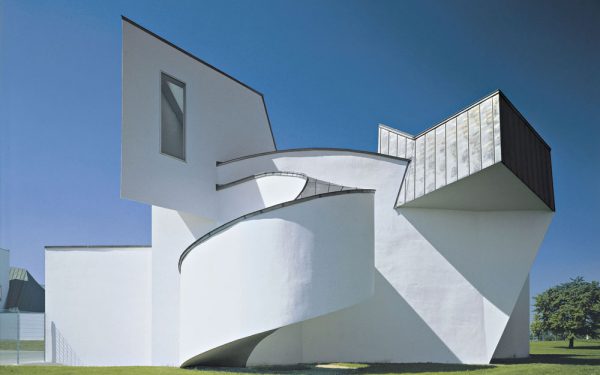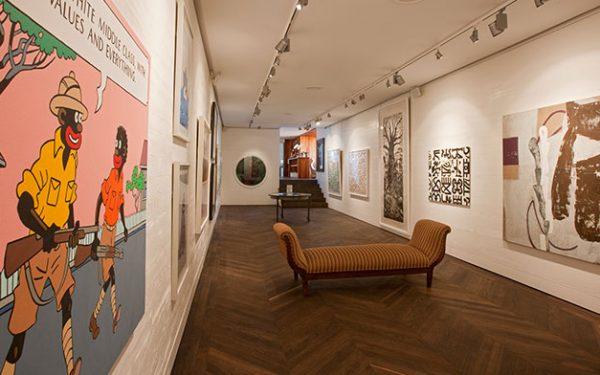It’s early as I make my way towards the smells of Ethiopian coffee, vegan breakfast wraps and the unique South African/Indian curry, bunny chow. Perhaps it’s the calm before a storm of hipsters, who will soon populate the Sunday pop-up food hall located in Arts on Main, a renovated industrial building opened in 2009. The warehouse inaugurated a brand new precinct shaking up the central business district of Johannesburg: Maboneng.
Just a few blocks away, colourful murals cover the Museum of African Design, welcoming visitors into a fresh, modern exhibition hall. But here is where things diverge from the expected inner-city gentrification story. The museum is closed indefinitely and the warehouse is empty, except for a minimalist boutique storefront, Unknown Union. Robert Moleleki welcomes me inside. He is a partner in the creative collective that owns the space, which he tells me is designed to be a gathering place for local and international creative collaborators. Besides high-end clothing and visual art, created with a deep background in African anthropology and aesthetics, the boutique also houses a hidden recording studio. But today, along with the rest of the block, it’s eerily empty. He tells me the story of how Arts on Main and the Museum of African Design, once both anchoring Maboneng, helped real estate investor Propertuity launch a hip, inclusive community populated and defined by imaginative artists. And why today, it faces the challenge of surviving its own success.
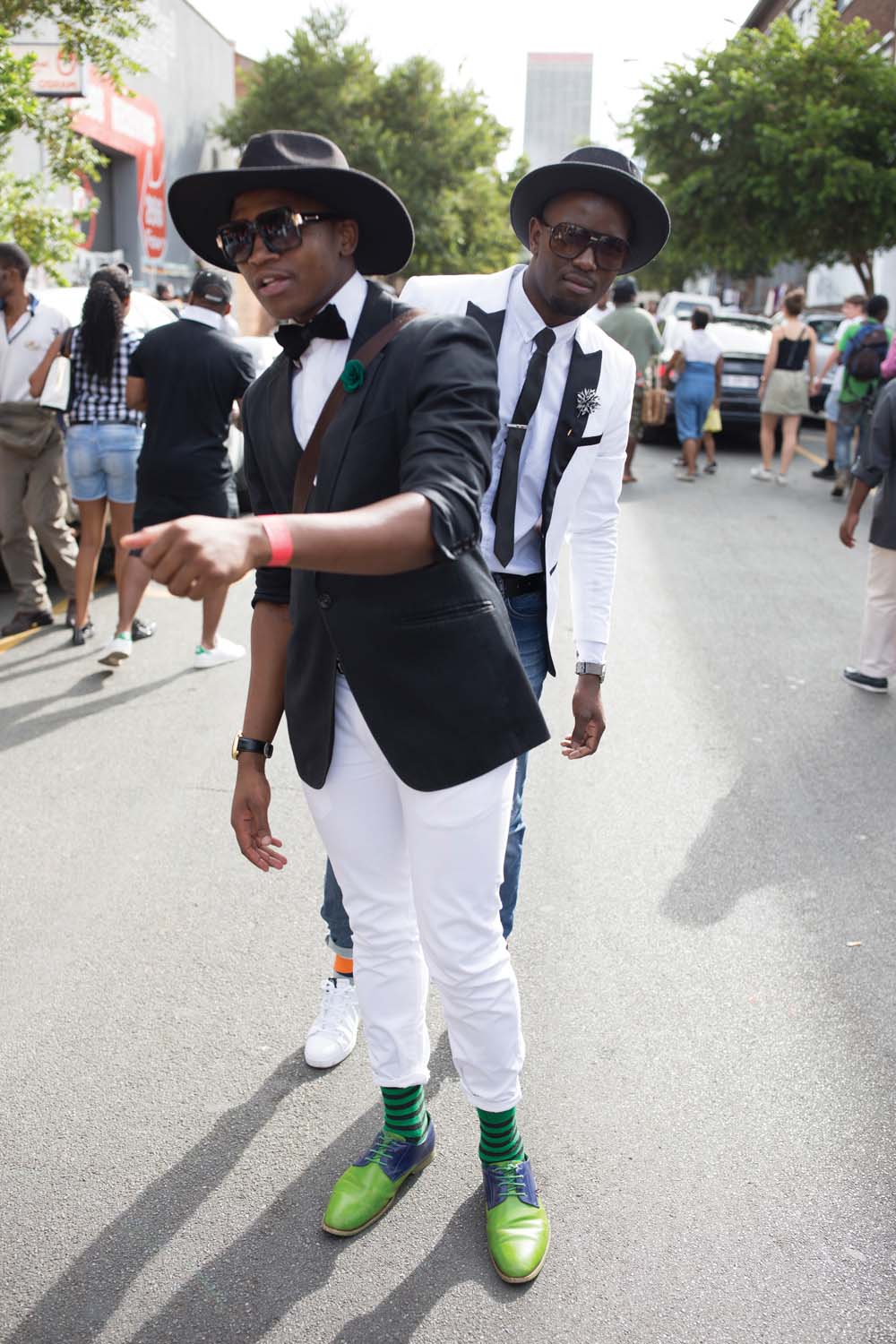
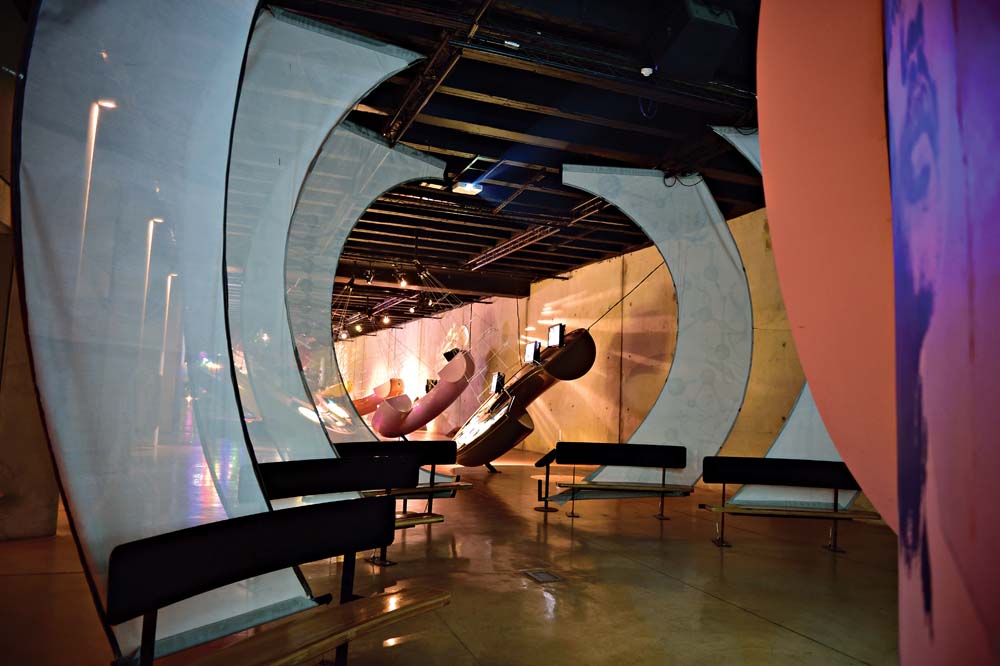
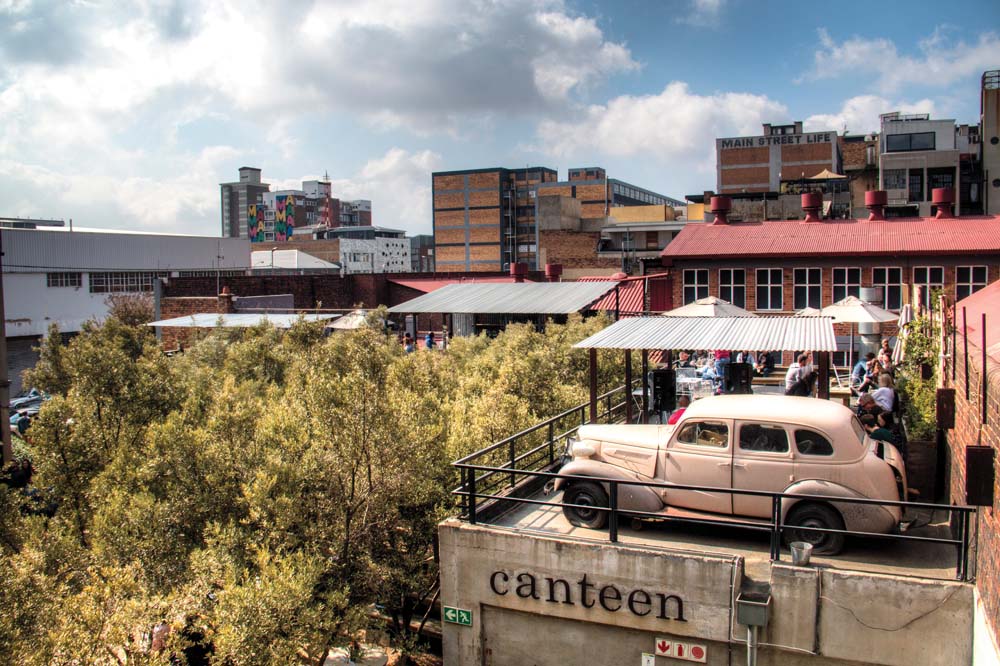
Maboneng means place of light. Its Sotho name was chosen by Propertuity’s founder, Jonathan Liebmann, a young South African investor who utilised the urban revitalisation trope familiar to inner-city neighbourhoods worldwide in an unlikely bit of central Johannesburg, nearly abandoned since the late 1980s. Rising to the unique challenges of Johannesburg’s violent reputation and structural segregation, Liebmann realised that buying and rehabbing undervalued buildings wasn’t enough.
Propertuity nurtured Maboneng’s artistic identity as a village-in-the-city by prioritising unique cultural offerings over corporate or commercial tenants. The company also took on the district’s practical obstacles by installing night-time lighting, hiring private security to patrol the streets and employing a neighbourhood shuttle to take people in and out of the district. Opportunities for young entrepreneurs and creatives flourished, in a place most institutional investors had habitually ignored. As Propertuity’s portfolio of lofts, artist studios and retail spaces grew, Maboneng’s reputation spread, initiating a familiar cycle. Hype swelled. Tourist traffic increased, and CurioCity Backpackers’ Hostel and 12 Decades Art Hotel started providing accommodation for more and more international visitors. Property developers RMH Property and Buffet Investments acquired controlling shares of Propertuity. In early 2018, it was listed as one of Forbes’ 12 Coolest Neighbourhoods in the World. Maboneng’s urban renewal was poised to give way to the full-blown gentrification that usually evicts artists from the neighbourhoods they help create.
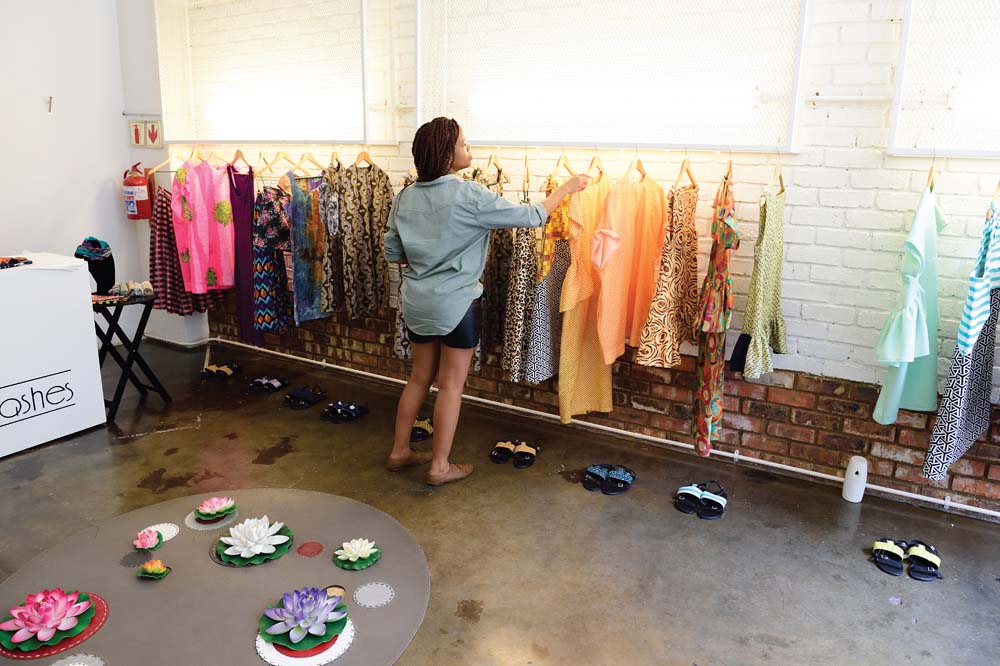
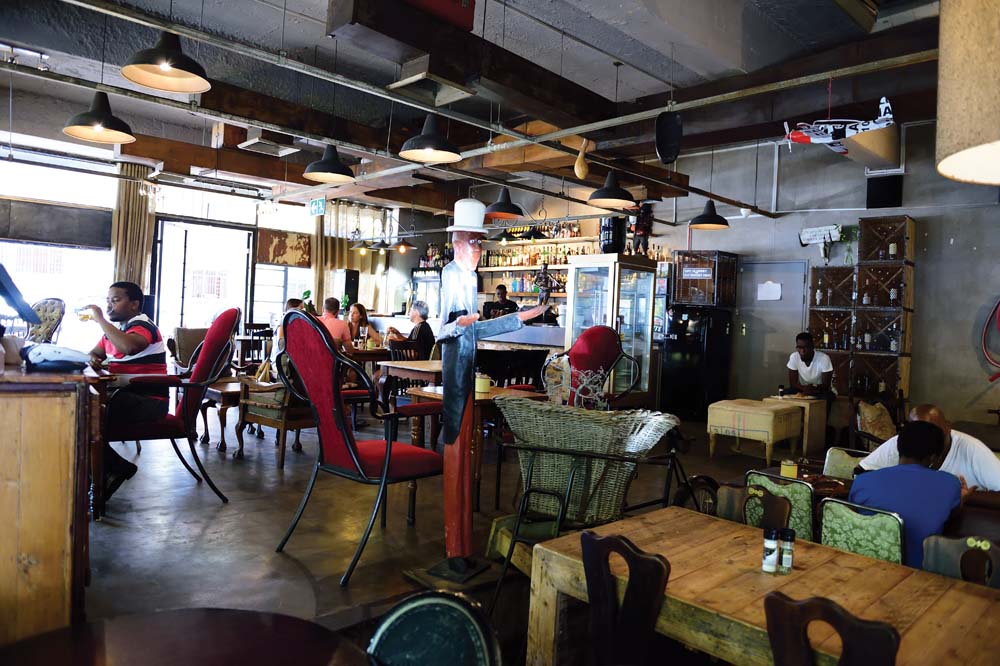
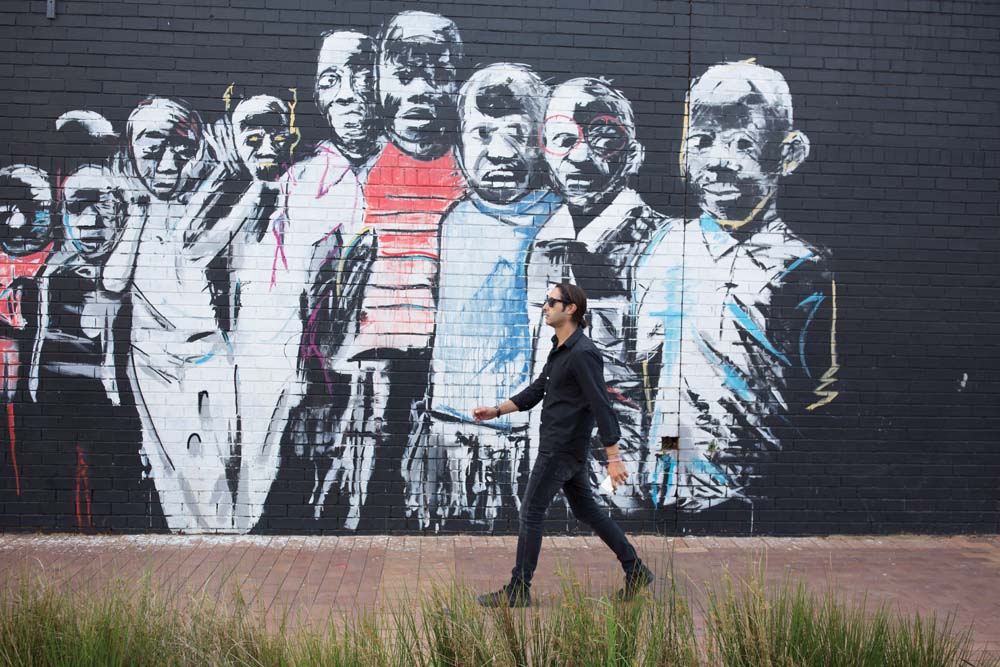
Or so it seemed. Simultaneously, a slowdown in South Africa’s real estate market, coupled with Propertuity’s aggressive growth strategy (RMH’s chief executive would later call it “overly optimistic asset selection [and] unrealistic valuation expectations”) was too much for Propertuity’s new investors to manage. Liebmann left his own company in 2018, and Propertuity’s 18 Maboneng properties were liquidated at auction in April, including Arts on Main and most of the Museum of African Design building.
“When Propertuity went into liquidation, there was already unrest in the market,” says David Teasdale who represents Block 20 Property Group. They manage commercial and residential space in six Maboneng buildings. “The prices achieved [at the Propertuity auction] were lower than expected, sometimes equal to or less than the prices paid for the property… Before, investors saw it as an opportunity to unlock value, but banks no longer see Maboneng as a solid investment. It’s a grey area.”
At auction, lowball cash offers from high-level private investors, syndicated buying groups and partnerships scooped up most of the buildings, or parts of buildings, that were available. Many business owners, like Moleleki, had already bought their storefronts. Institutional investors were nowhere to be found. “There’s a lot of change happening, and we don’t know yet if it’s good,” Teasdale cautioned.
There are some slivers of silver lining in the collapse of Maboneng’s founding investors, however. The Unknown Union collective has been involved in Maboneng since 2015, at the height of its success. They bought the space that is now Unknown Union’s flagship store, but the rest of their building was sold in Propertuity’s liquidation.
Far from being speculative investors, those who bid on Propertuity buildings already had interests in Maboneng, and maintain a passion for inner-city development and renewal, according to Teasdale, who is familiar with some of the new owners. And with the exit of Propertuity, a new solidarity has emerged among the artist-residents and business owners, who see themselves as the community’s stakeholders and protectors.
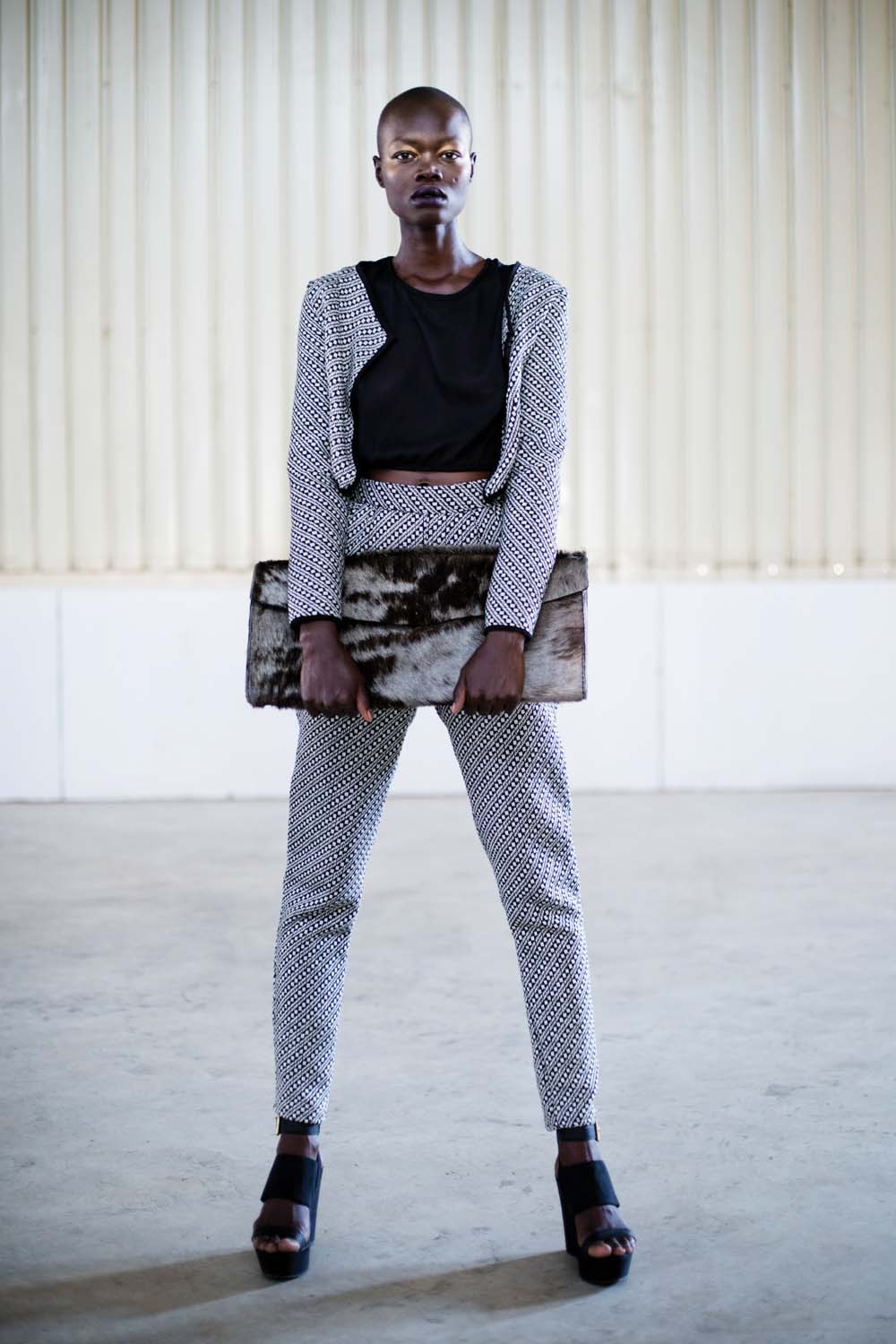
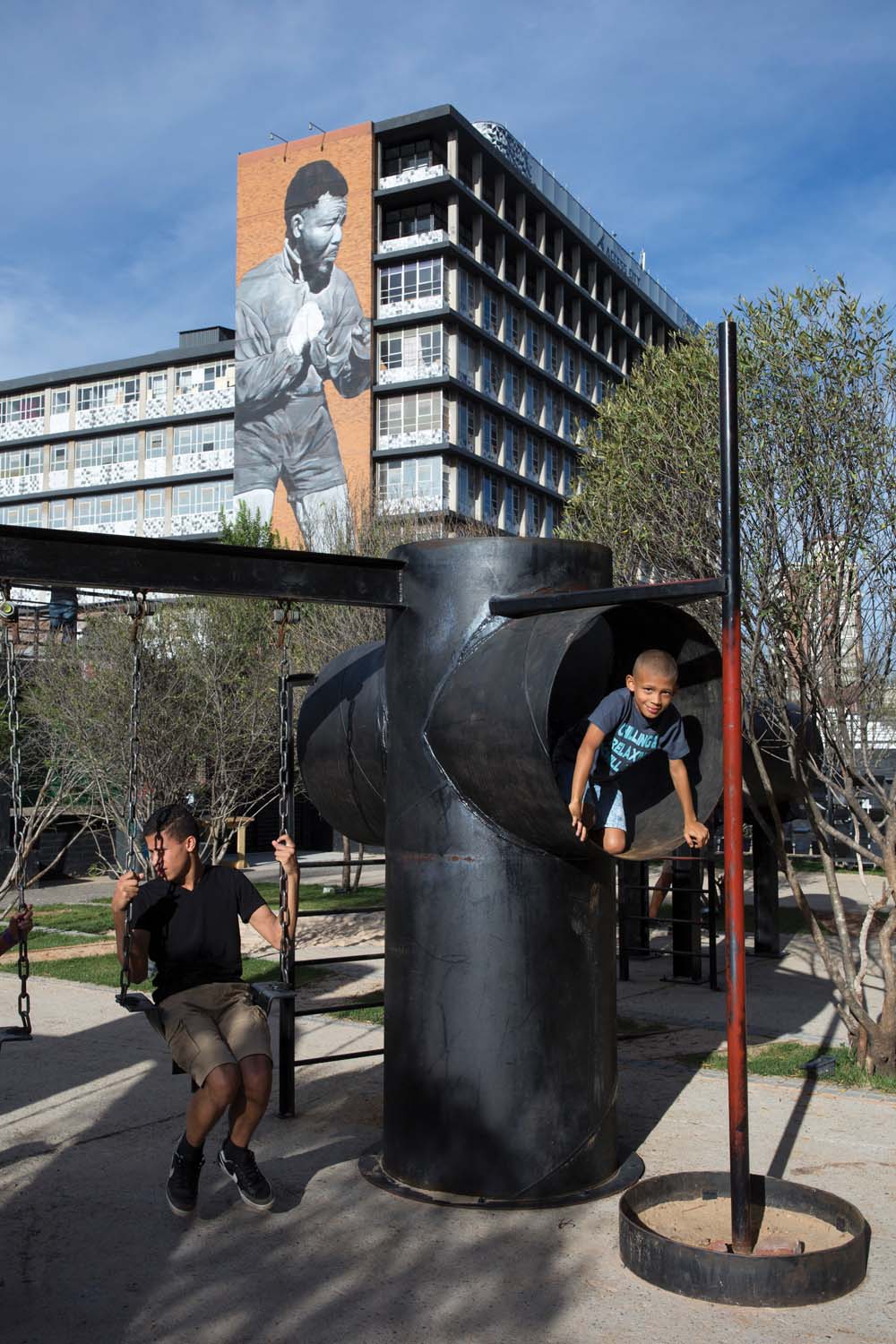
“I think Propertuity was like any other company,” says Moleleki. “They started something good, and it did not work out fully, so they moved on. But I believe it can only get better from where they left off because there are now new people with different ideas for Maboneng and not only one company that makes decisions about Maboneng on behalf of everyone.”
A year before Propertuity’s exit, the Maboneng Civic Association was founded by a community member, Stuart Thomson, to revive the civic functions that had started to lapse during Propertuity’s decline, like street lighting, garbage pickup and security. Along with providing these services, the MCA’s vision is “to shape Maboneng into a world-class Afro-politan neighbourhood,” creating a multicultural hub for artists and tenants to share local, African art and design ideas.
With the exit of Maboneng’s primary creator and benefactor, the neighbourhood seems ready to start a new chapter, even if the hype settles a little. Moleleki says the Sotho word, Maboneng, can also convey the spirit of a place of enlightenment. He says the neighbourhood embraces this as “a spirit which drives the ethos of the businesses and activities which take place here, emphasising the vital role that art and culture play in broadening the horizon of human experience.”
Today, it is the more than 20,000 business owners and residential Maboneng urbanites who find themselves investing in maintaining the vision of cultural, artistic creation initiated by Liebmann. It is by their efforts that Maboneng is transforming from a precinct into a community – a community starting to stand on its own two feet, once again.

